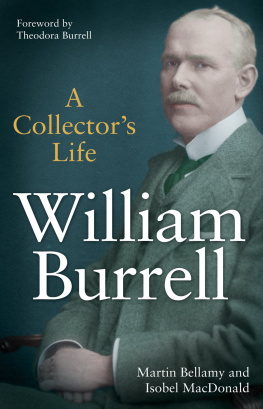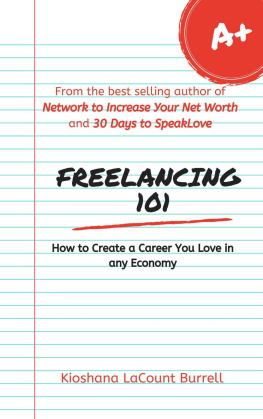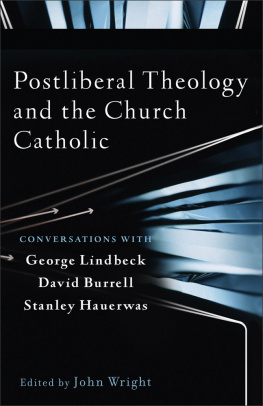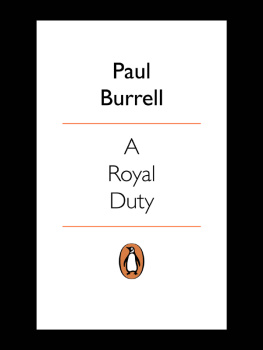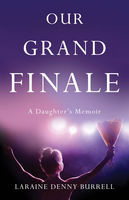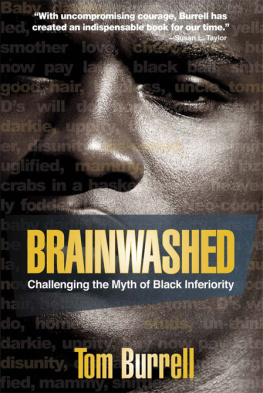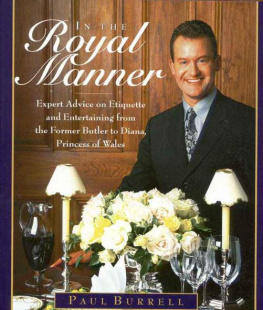Contents
Guide

First published in 2022 by
Birlinn Ltd
West Newington House
10 Newington Road
Edinburgh
EH9 1QS
www.birlinn.co.uk
in association with Glasgow Museums
Copyright Culture and Sport Glasgow (Museums)
All images copyright CSG CIC Glasgow Museums Collection,
unless otherwise stated
The right of Martin Bellamy and Isobel MacDonald to be identified as
the authors of this work has been asserted by them in accordance with
the Copyright, Designs and Patents Act 1988
All rights reserved. No part of this publication may be reproduced,
stored, or transmitted in any form, or by any means, electronic,
mechanical or photocopying, recording or otherwise,
without the express written permission of the publisher.
ISBN 978-1-78885-491-7
British Library Cataloguing-in-Publication Data
A catalogue record for this book is available on request from the British Library
Typeset by Initial Typesetting Services, Edinburgh

Printed and bound by Clays Ltd, Elcograf S.p.A.
To Susan and Finn MB
To my grandfather, Richard Hamilton, for inspiring me IM
Contents
Foreword
Sir William Burrell is one of the most revered names in the Scottish art world. A name almost entirely entwined and rarely separated from the term collection, thanks to the gift of 6,000 artworks which he and his wife, Constance, presented to the City of Glasgow in 1944. However, the story of the Burrells is about much more than their exceptional collection, and their collection is much more than a carefully curated group of artworks. Indeed, one inspired the other, and to understand their donation requires an understanding of the people, their passions and interests, their tastes and knowledge. A product of years of research, William Burrell: A Collectors Life provides this vital access to the couple. From Williams family history to the legacy of the gift, it delivers an all-important, in-depth and objective context for The Burrell Collection.
Our authors, Martin Bellamy and Isobel MacDonald, reveal new insights about the Burrells business, their motivation for collecting, and the pivotal role which Constance played not only in the creation of the collection itself but in all aspects of Williams life. We now know that he was not purely guided by art dealers but analysed and researched much of what he acquired. This book does not ignore the fact that the Burrells were products of the British Empire either, providing a frank take on who they were. William is also extremely present too, his direct words being frequently quoted, so that the reader has a real sense of the man behind the collection. In fact, William Burrell: A Collectors Life is rich in every detail, and I challenge anyone to say that they have not learnt something new from its pages.
As a Burrell myself Sir William was my great, great-grandfathers second cousin its a huge privilege to have my ancestors life so thoroughly documented. Reading the book has also revealed a connection which is both personal and professional, forged in shared experiences, shared passions and shared lives. We lived in neighbouring streets in Glasgow, visited the same museums, walked the same pavements, and he bought items from the auction house I now work for. Being a Burrell has been an asset for my professional life, and days spent at the collection which bears his name have inspired and cemented my career. It is a connection which I, like all Sir Williams relatives, am extremely proud of.
This book engages and enlightens the reader, seamlessly linking the lives of the Burrells with their extraordinary collection. As a telling of their remarkable story, it will forever be an indispensable record.
Theodora Burrell
January 2022
Acknowledgements
This book would not have been possible without the support, encouragement and knowledge of the amazing curatorial team at Glasgow Museums. We thank them for their fantastic endeavours in researching Sir William Burrell and his collection over many years. In particular: Rosemary Watt, for her knowledge of The Burrell Collection; Dr Anthony Lewis for his insights into Burrells conservatism and interest in Scottish history; Neil Johnson-Symington for his research on the staff at Hutton Castle; and Rebecca Quinton for reading through the entire manuscript and being a very useful sounding board. We would also like to thank: Hugh Murphy for checking over the shipping side of things and Roy Fenton for sharing his data on Burrells puffers; Elizabeth Hancock for sharing her knowledge of Provands Lordship; Fiona Cairns for simply being the best archivist; Iona Shepherd for pulling together the images; and Susan Pacitti and Anita Joseph for their subtle but brilliant editing. Special thanks are due to Vivien Hamilton for checking the manuscript and for many years of discussion and debate about Burrell and his collection, and without whom our understanding of Burrell would be very different.
Essential research was conducted at the Glasgow City Archives, Glasgow University Archives, Glasgow University Library Special Collections, Glasgow School of Arts Archives and Collections, Edinburgh University Library Special Collections, National Library of Scotland, Historic Environment Scotland, National Records of Scotland, Berwick-upon-Tweed Record Office, Tyne & Wear Archives, Victoria & Albert Museum Archive, Tate Archive, Christies London Archive, The Royal Archive and the Freer Gallery of Art Archives. We would like to thank the many archivists and librarians for their assistance in providing information on their respective collections.
Introduction
Sir William Burrell (18611958) was one of the worlds great art collectors. He and his wife Constance, Lady Burrell (18751961), created a collection numbered at over 8,000 artworks which they gave to their home city of Glasgow, Scotland, in 1944, in what has been described as one of the greatest gifts ever made to any city in the world.
The Burrell Collection was born out of the late Victorian industrial boom that propelled Glasgow into being the workshop of the world and the second city of the British Empire. Untold wealth was earned by an industrial elite who then sought to increase their social status by collecting art. William Burrell was born into a prosperous middle-class family of shipowners. When his father died in 1885, he and his brother George took over the business while still in their twenties, transforming it into one of the leading cargo shipping companies in Britain. William had a natural flair for business and earned himself a sizeable fortune. He had developed an interest in art as a boy and he used this wealth to steadily build his collection, quickly surpassing his local contemporaries in terms of the quantity and quality of his artworks and firmly establishing for himself an international reputation as a collector of good taste and judgement. He used his wealth and art collection to his advantage, and ultimately acquired a knighthood, a castle and a place in high society. However, this was not simply a vainglorious rise to power for its own sake. Burrell had a deep sense of public duty, serving for long periods as a local councillor and as a trustee of national institutions in England and Scotland, and wished to use his art collection for public good. He lent large parts of it to galleries around the country so that as many people as possible could enjoy it, and, unlike most collectors, his collection was not sold or bequeathed for personal or family gain. When he donated the majority of his collection to Glasgow, with smaller parts going to Berwick-upon-Tweed and several other provincial galleries, his aim was to enhance the cultural standing of these places and to improve the lives of their citizens. At the time of his gift the collection was valued at well in excess of 1 million, and it came with an additional 450,000 in cash to build a dedicated museum for it. This was a major act of philanthropy, with very few strings attached other than stipulating where and how it was to be displayed. Burrell simply wanted people to gain as much pleasure from art as he had, and to improve their lives through a better understanding and appreciation of beauty.

